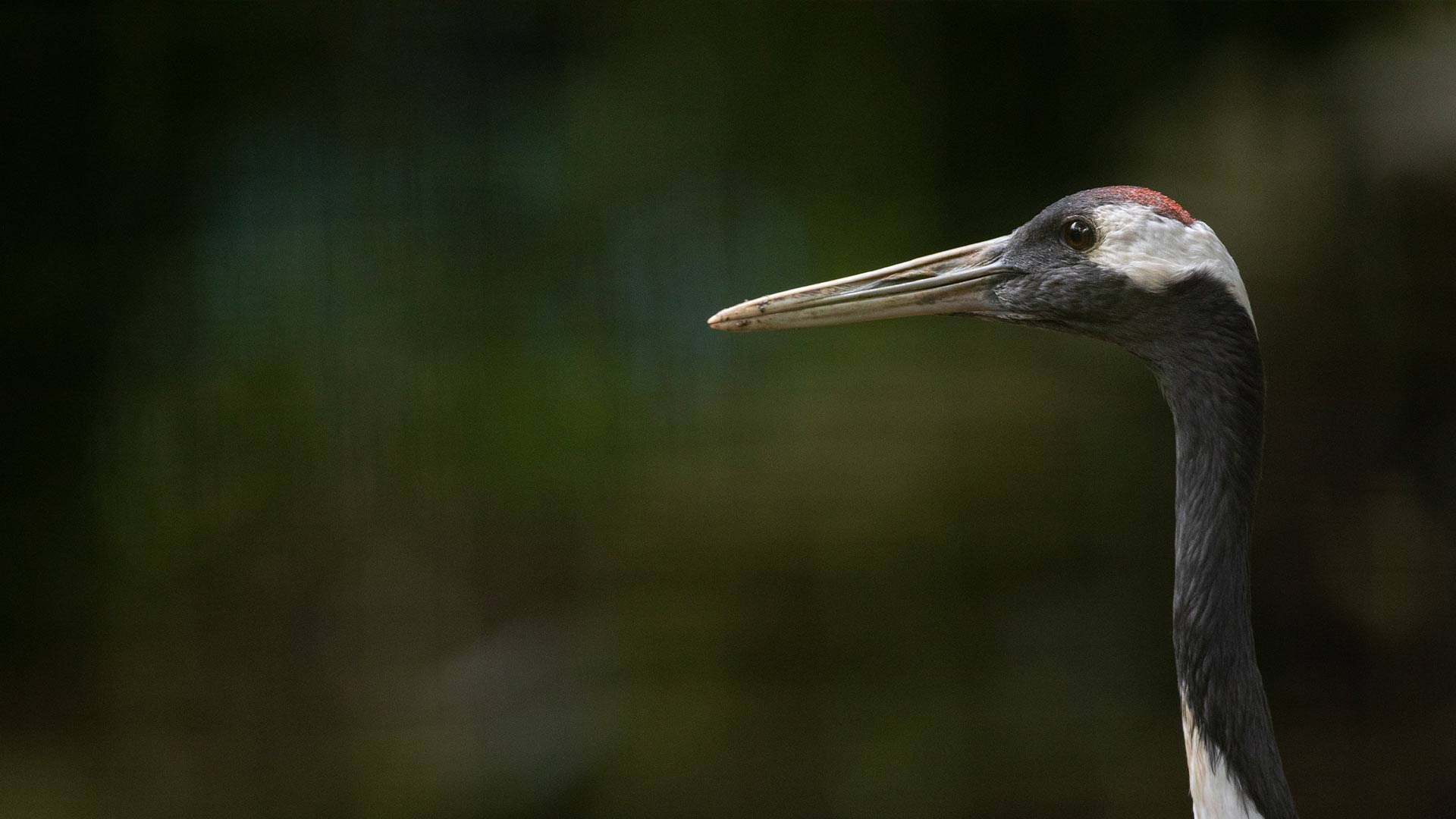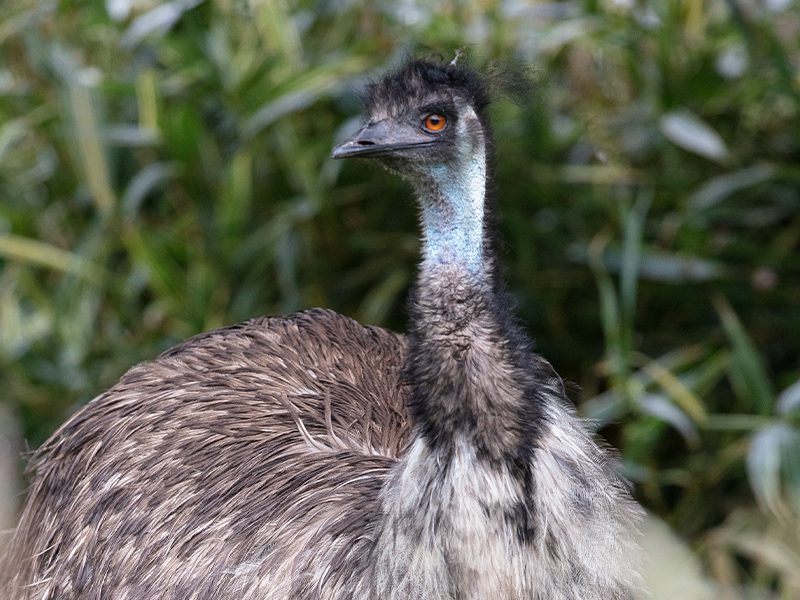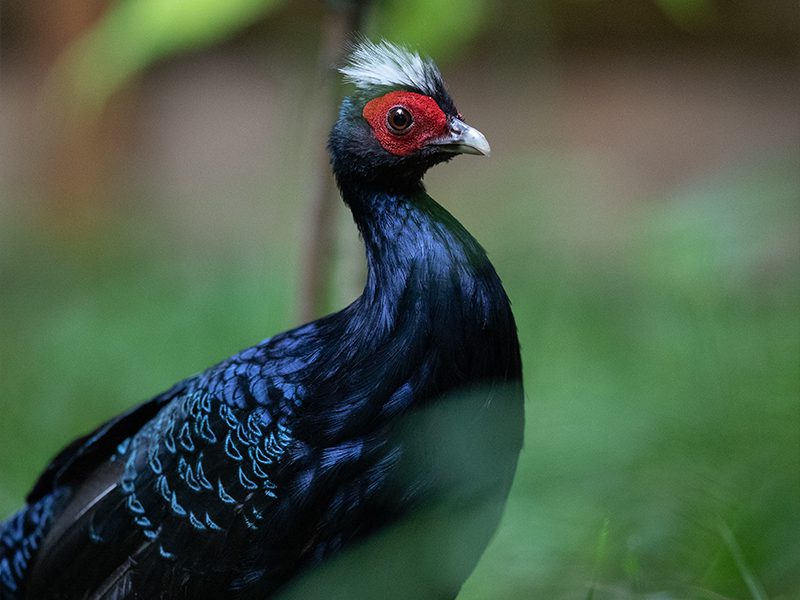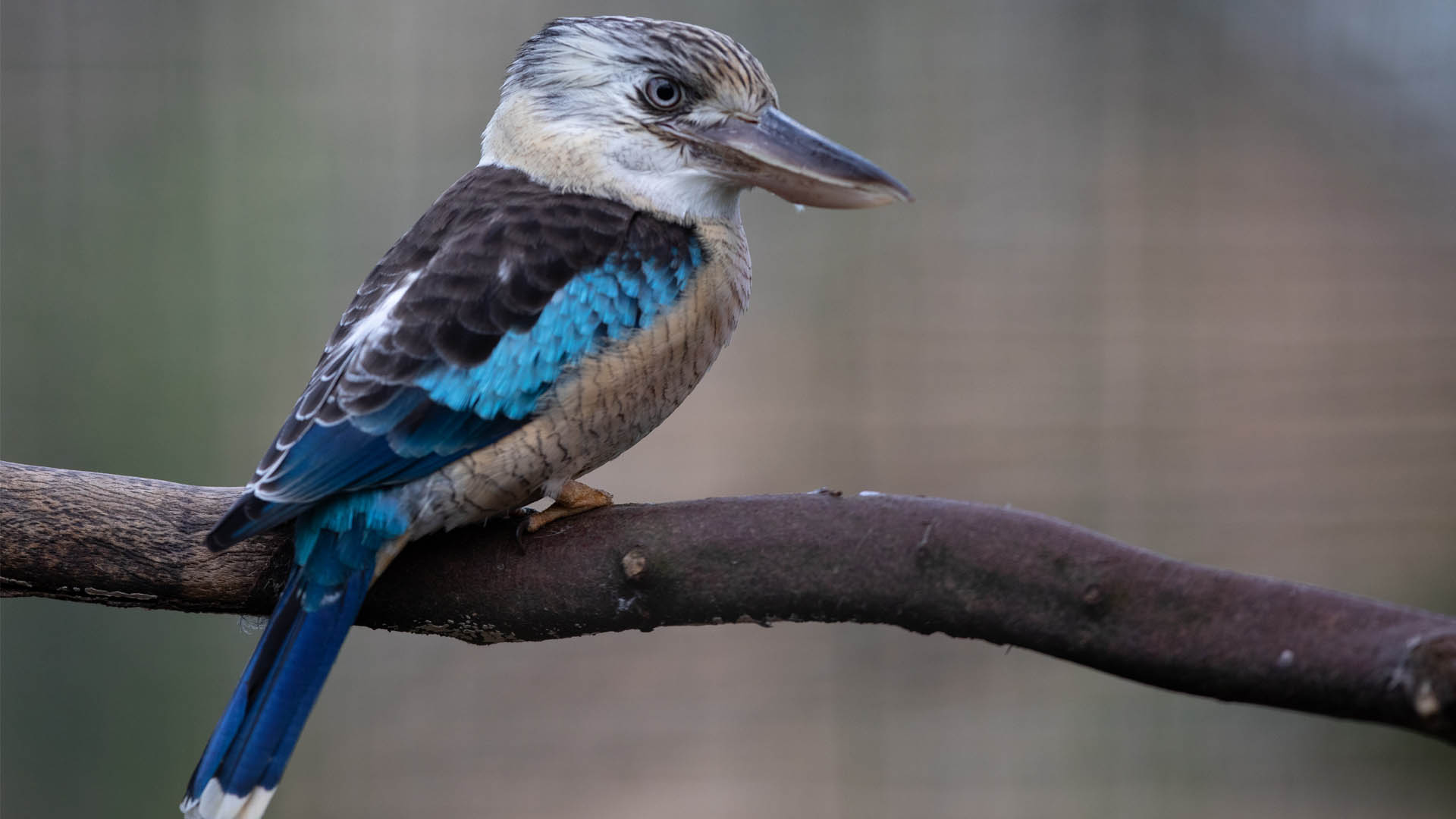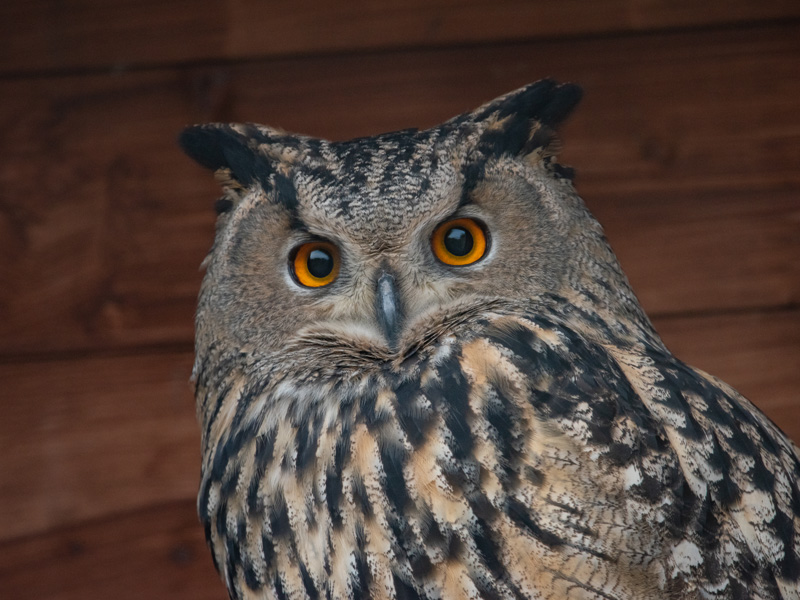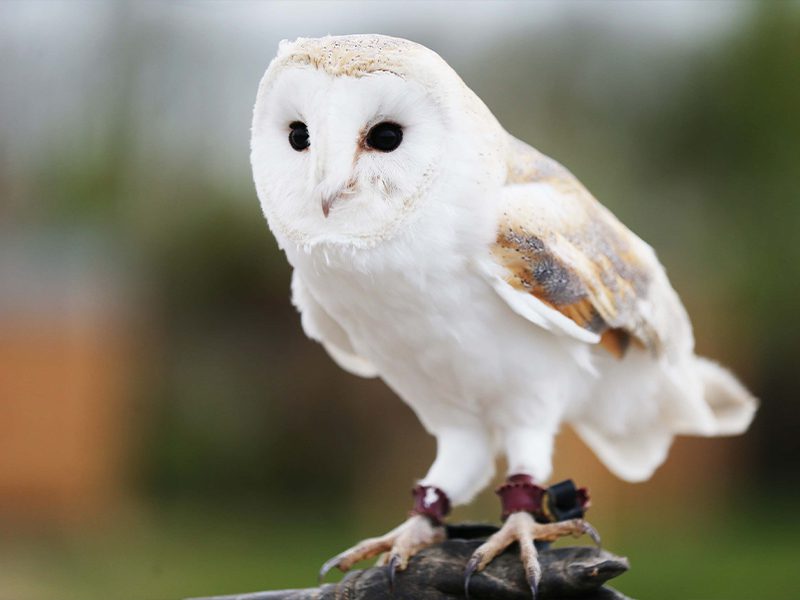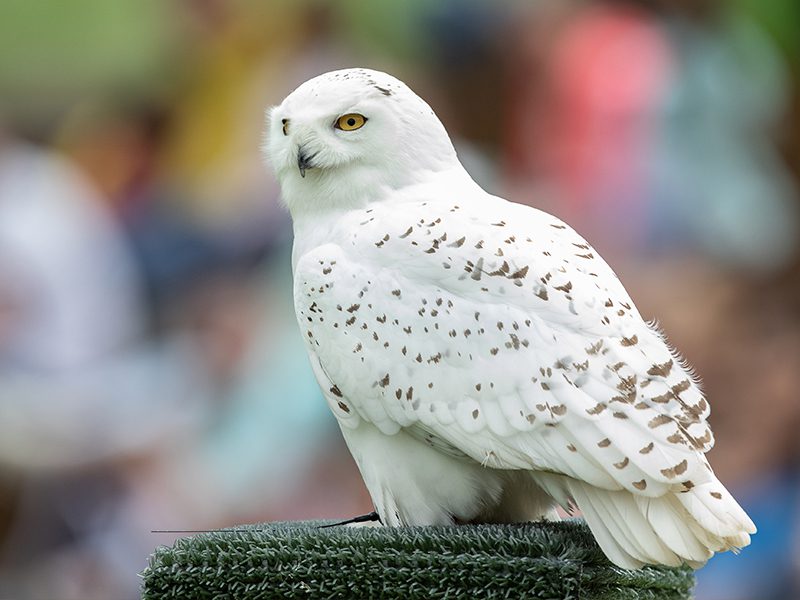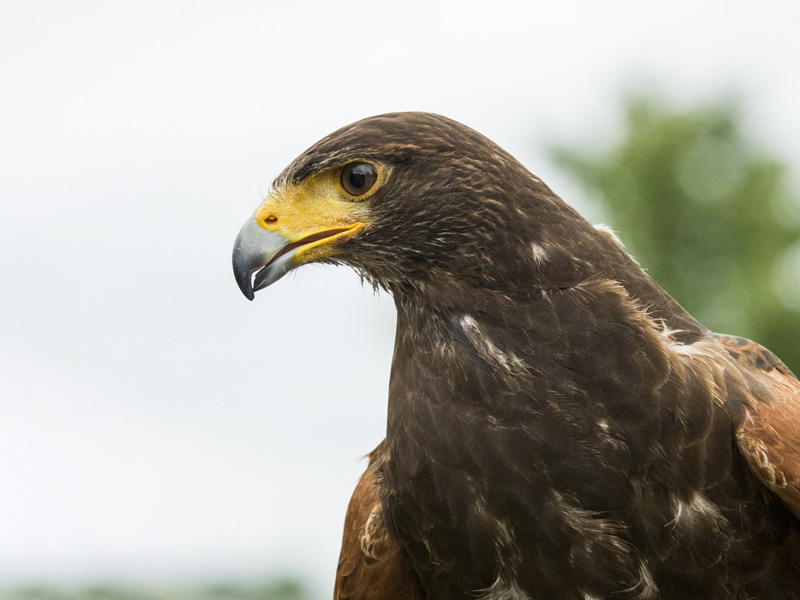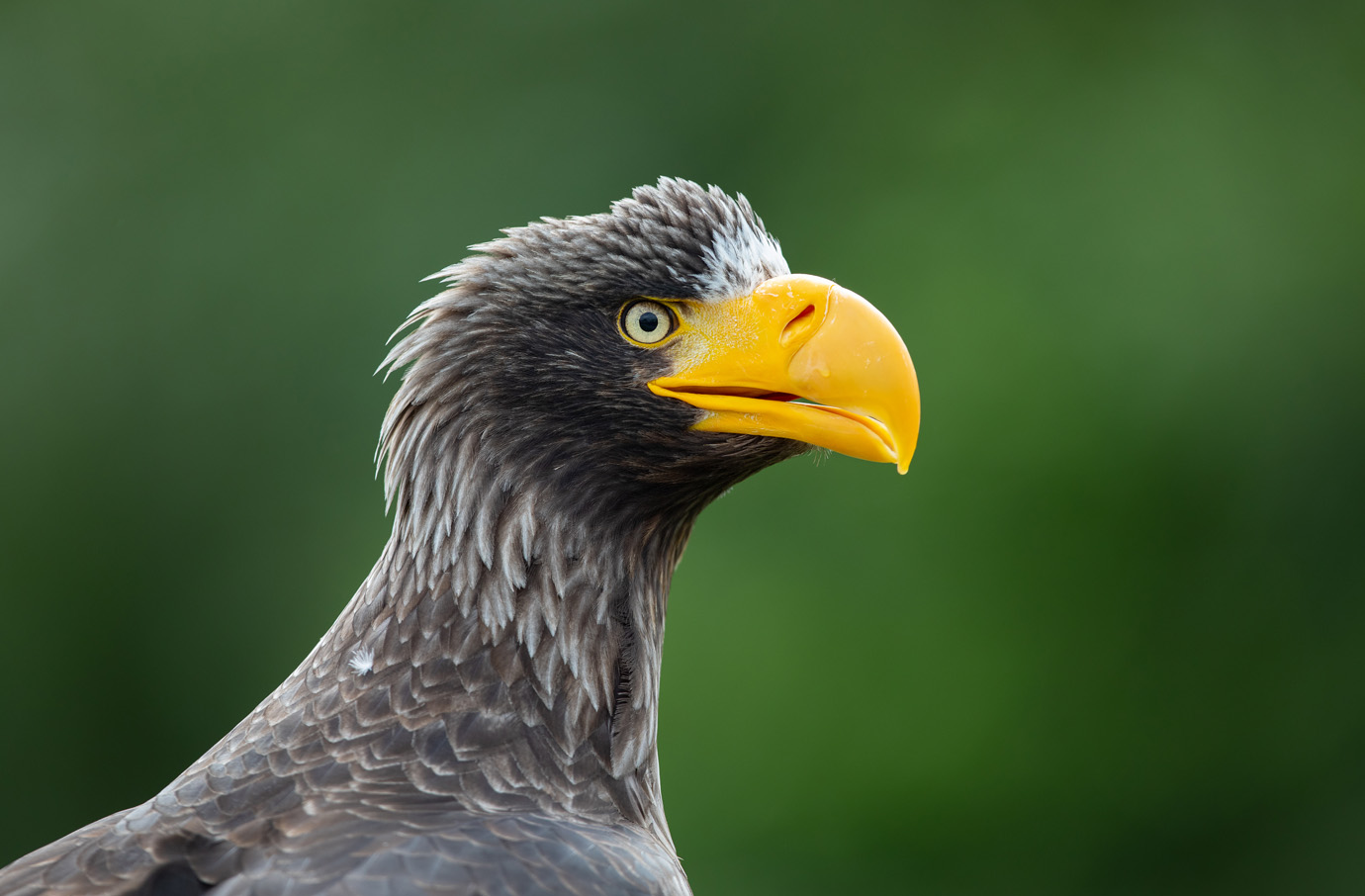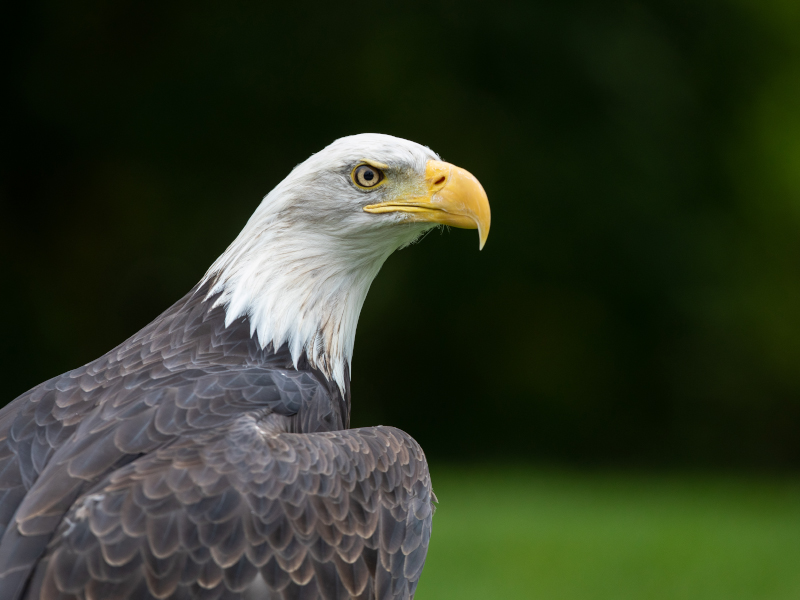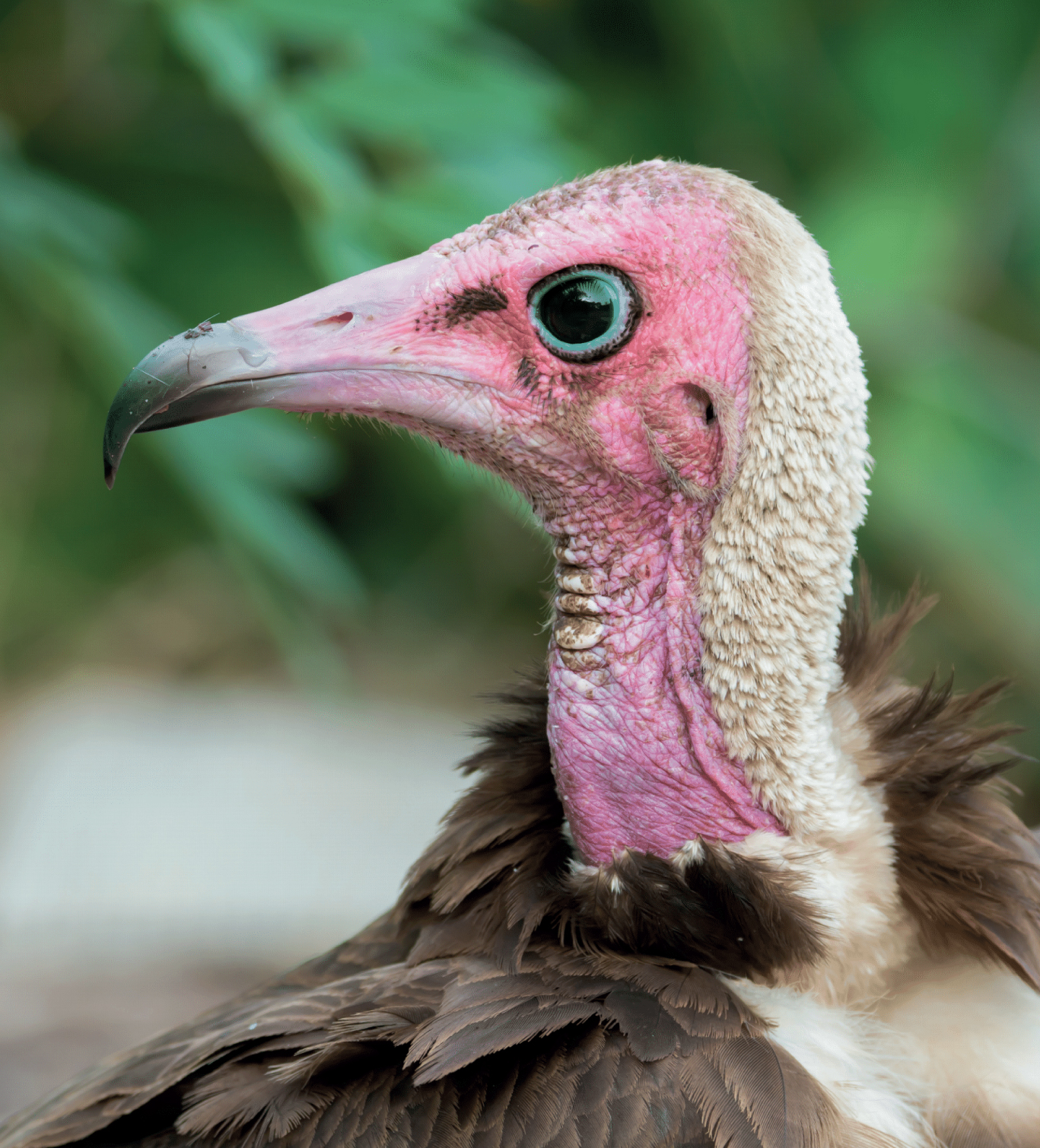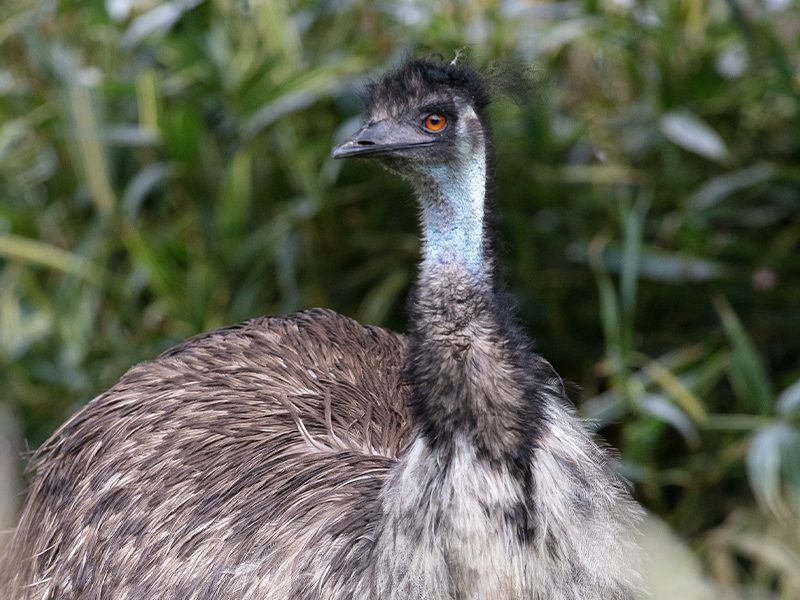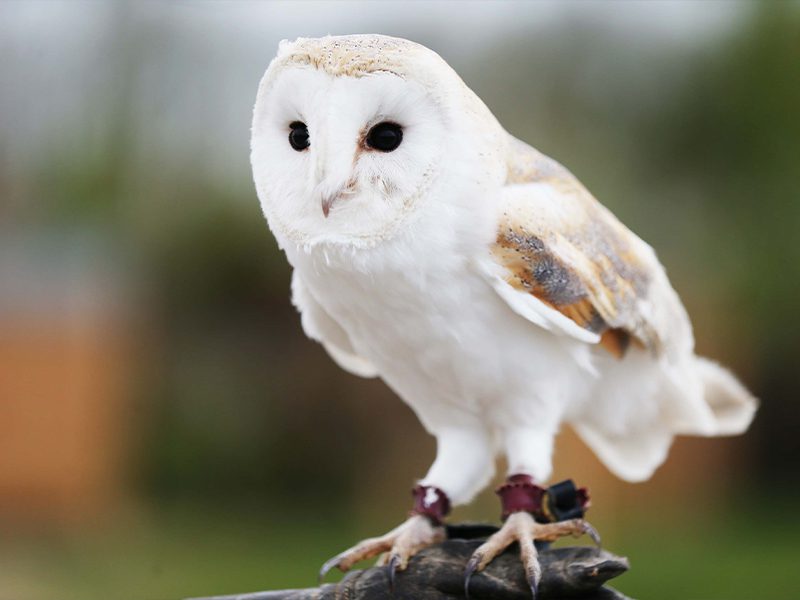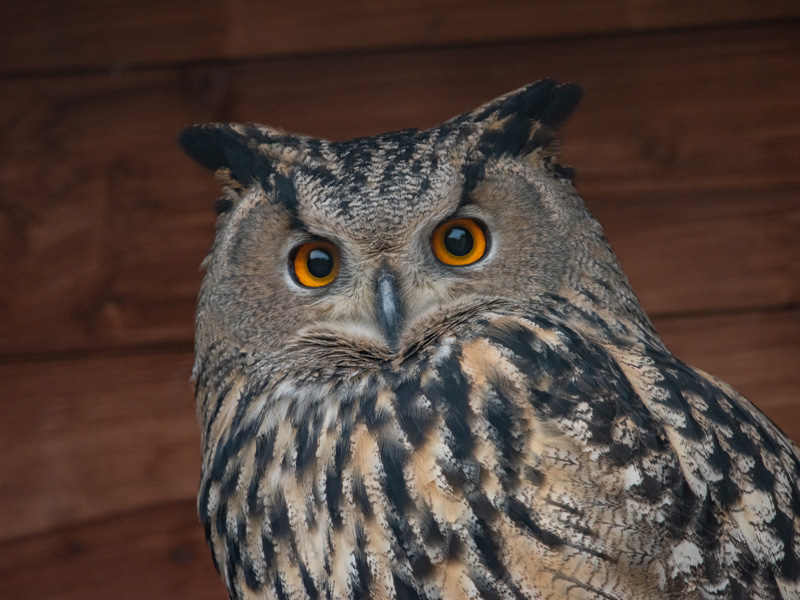Violaceous turacos have violet coloured plumage with an orange beak that leads to a yellow shield, on the forehead, with crimson crest feathers. Their primary feathers are also crimson, which contrast beautifully with the violet plumage in flight.
They are poor fliers but are very agile on their feet, when running through the trees by using their tail for balance. As juveniles they have claws on their wings which assist with movement in the tree canopy. The outside claw on their feet is reversible, allowing them to get to the end of branches to pick up fruit.
Violaceous turaco are very social birds that will travel in flocks of up to 12 individuals.


Popular Searches
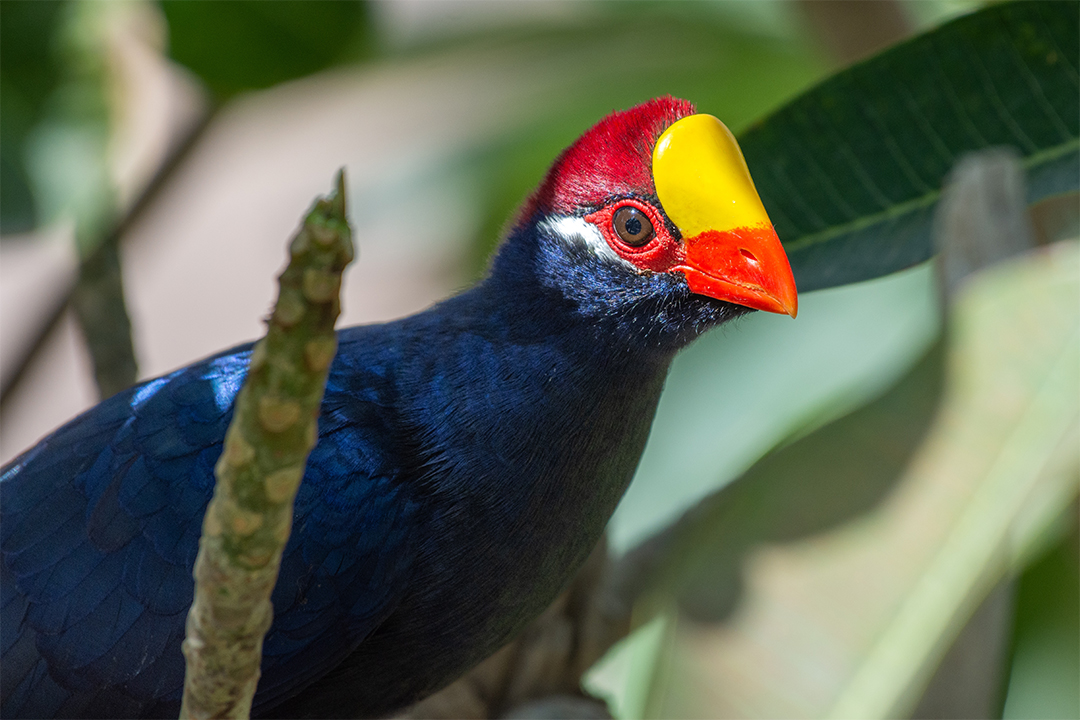
Violaceous turaco / violet turaco
-
Introduction
-
Conservation
Violaceous turacos are classified of least concern.
Although their population is stable, they have been under threat due to the trapping, for the pet trade.
-
Habitat
The violaceous turaco has an extremely large range that spans across 16 countries in Africa.
They can be found in open woodlands and riverine forests. -
Fun Facts
Violaceous turacos eat a wide variety of fruits and berries helping with their dispersal throughout the forest creating new habitats for other species to live.
Turacos are monogamous. Courtship involves chasing and calling, with the male bowing and wing spreading, followed by the birds feeding together.
They share nest building by loosely binding twigs together in densely foliated trees Both parents help to raise and protect the young, even though they can become quite active after just 2-3 weeks.



